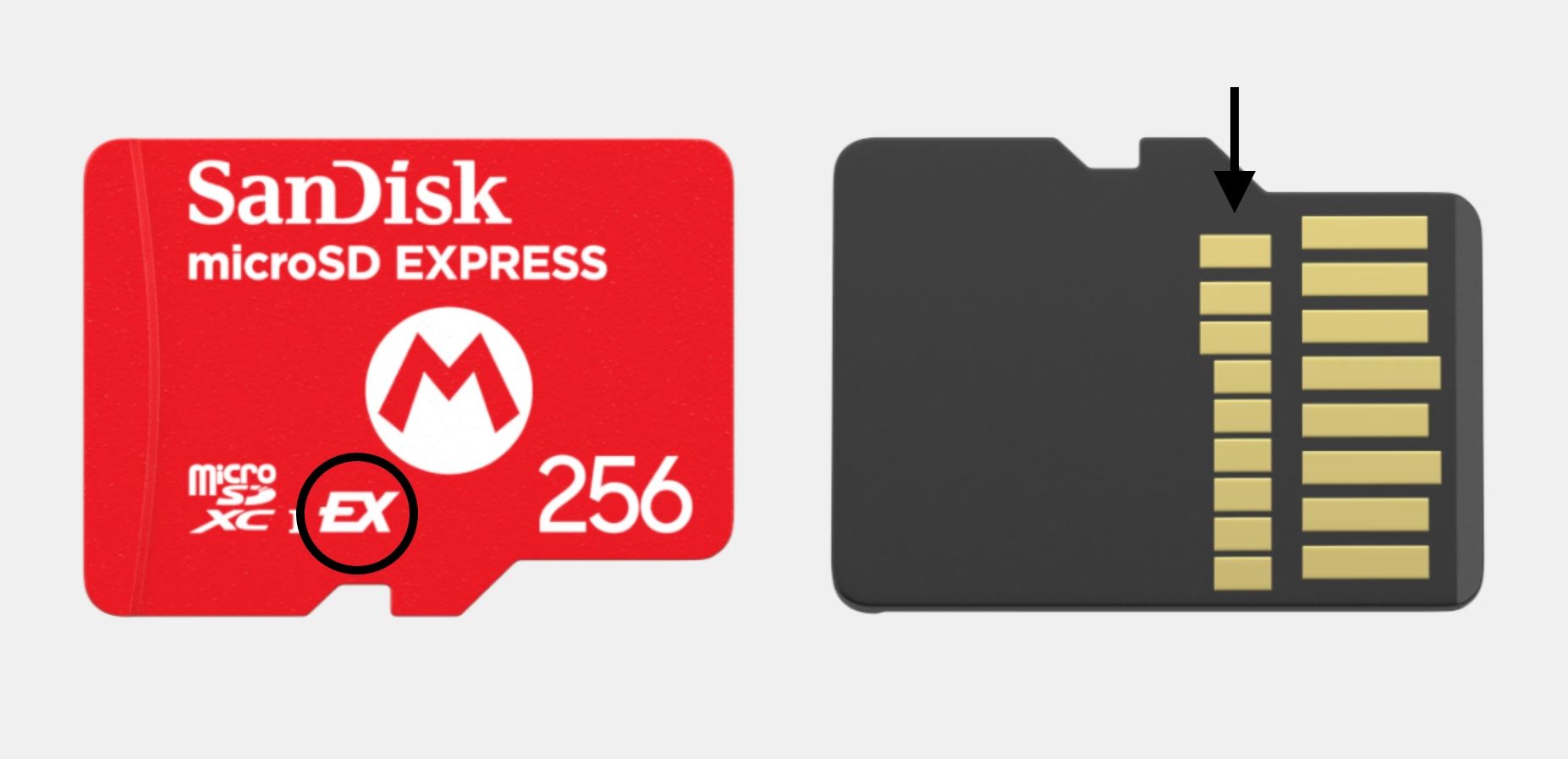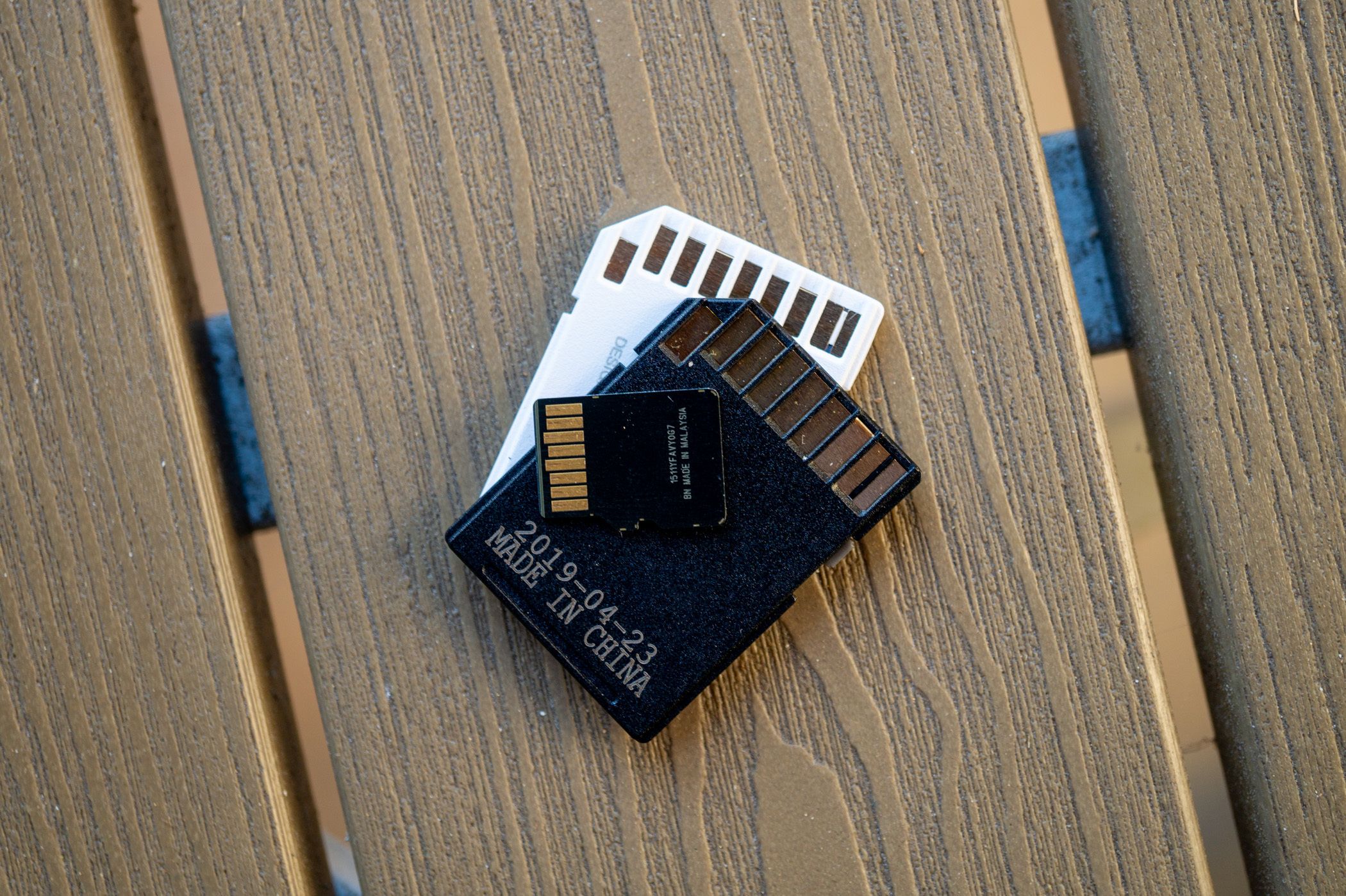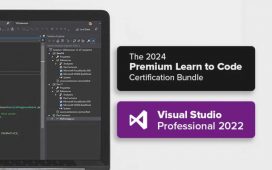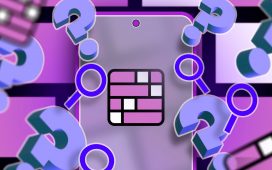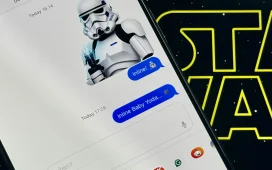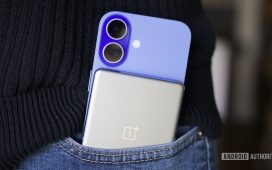Summary
- Switch 2 requires microSD Express cards due to higher bandwidth requirements.
- Buy from reputable sources to avoid scams and ensure the cards meet the standards, but don’t worry about “official” Nintendo branded cards.
- Remember: Switch 1 memory cards won’t work with Switch 2, even for playing older games.
The Nintendo Switch 2 is almost here, and if you’re jumping in early to play Mario Kart World or next-gen versions of Zelda then you’re probably on the lookout for accessories like a memory card too.
While most original Switch accessories should work with the Switch 2, that’s not the case when it comes to storage. The Switch 2 requires a different type of memory card, which will eventually be vital if you’re going to be downloading lots of games.
The Switch 2 Requires microSD Express Cards
The Switch 2 requires a faster MicroSD Express memory card. Ultimately, this comes down to streaming requirements. Since Switch 2 titles are set to be more visually demanding, they will use higher-quality assets like textures and character models that require more bandwidth to stream into memory. Ergo, slow microSD cards are no longer good enough.
The new microSD Express cards offer speeds of around 900MB/sec. You can tell them apart from slower microSD variants because they feature the “EX” logo printed on them, and have a whole extra row of pins to facilitate the faster full-duplex (two-way) read and write speeds.
Cards are currently available from a range of manufacturers including SanDisk with 128GB and 256GB variants and Lexar who also produce 512GB and 1TB variants. The Nintendo Switch 2 officially supports microSD Express cards of up to 2TB in size, though none are on the market at the time of writing.
-
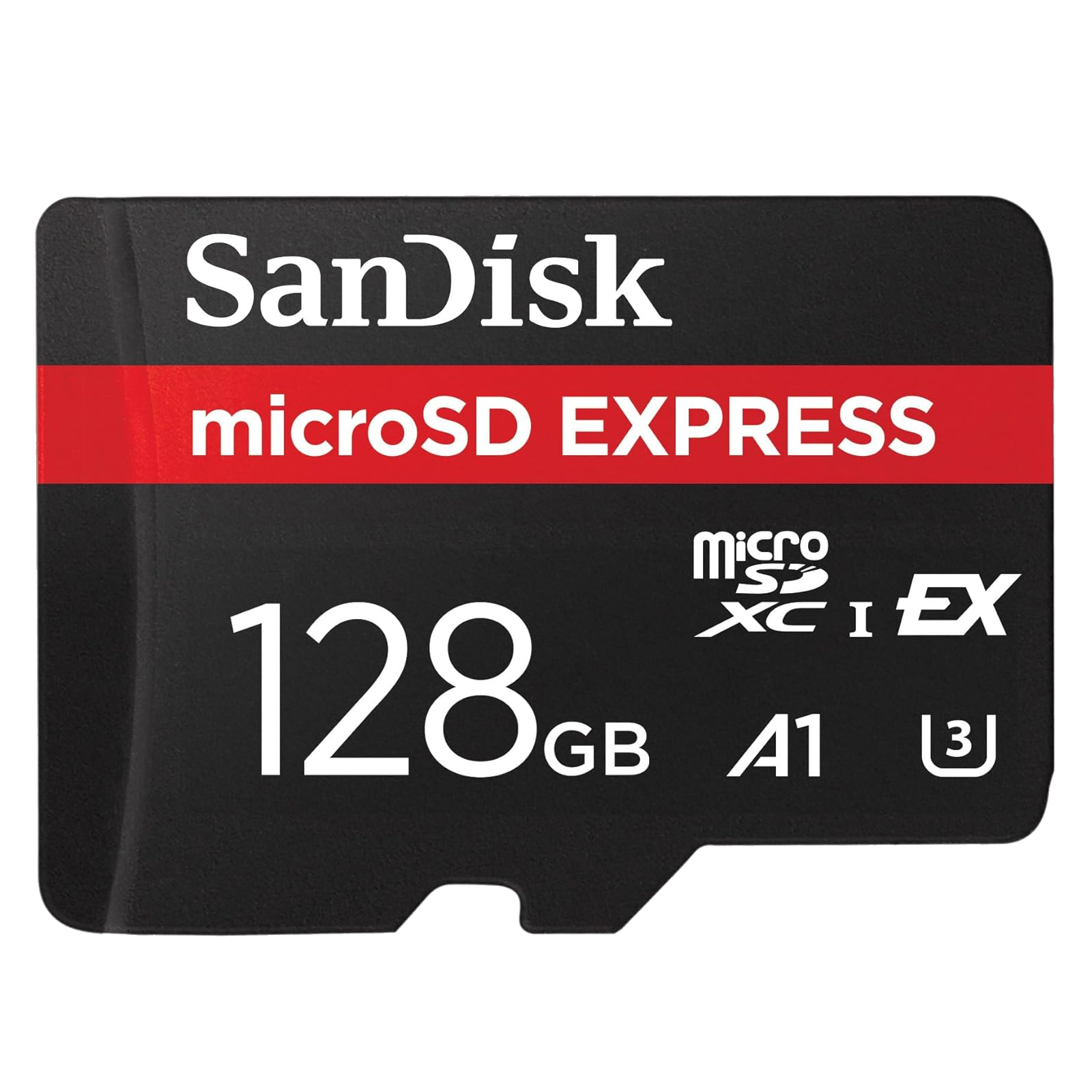
SanDisk 128GB microSD Express
The SanDisk 128GB microSD Express Card is perfect if you’re on a budget or primarily buy physical games. Its transfer speeds can reach 880MB/s, which is up to four times faster than the UHS-I cards used in the original Switch.
-

Samsung 256GB microSD Express Card
Samsung is no slouch when it comes to expanding storage, and this one is Nintendo-branded, too. Not only is it fast, it matches the Switch 2 in capacity, doubling the amount of storage it has.
-
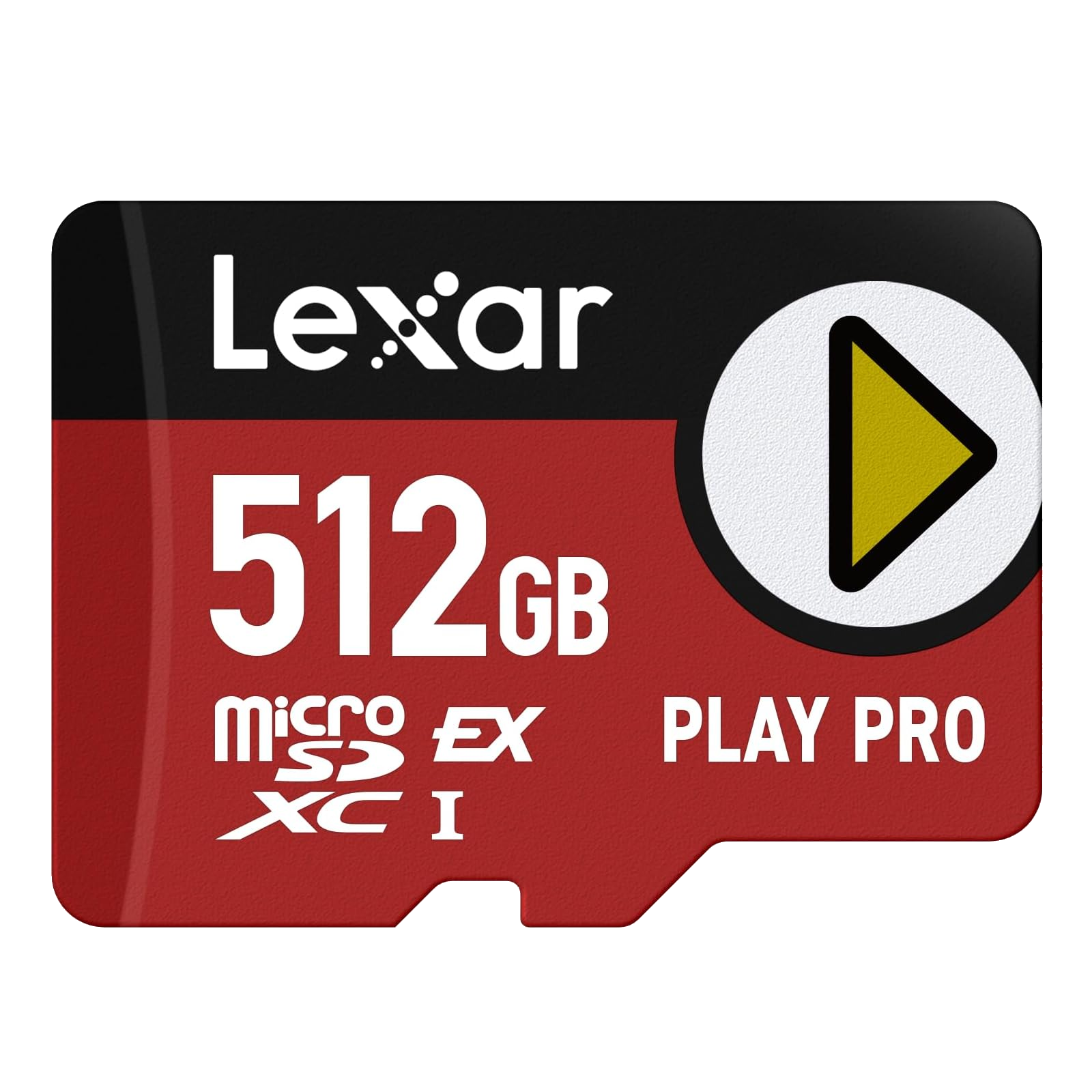
Lexar 512GB Play PRO microSD Express
With 512GB of storage, the Lexar 512GB Play PRO and 900MB/s read speed, it’s both a high-capacity card with exceptional performance. It writes at 600MB/s, too, ensuring faster game installation from the get-go.
-
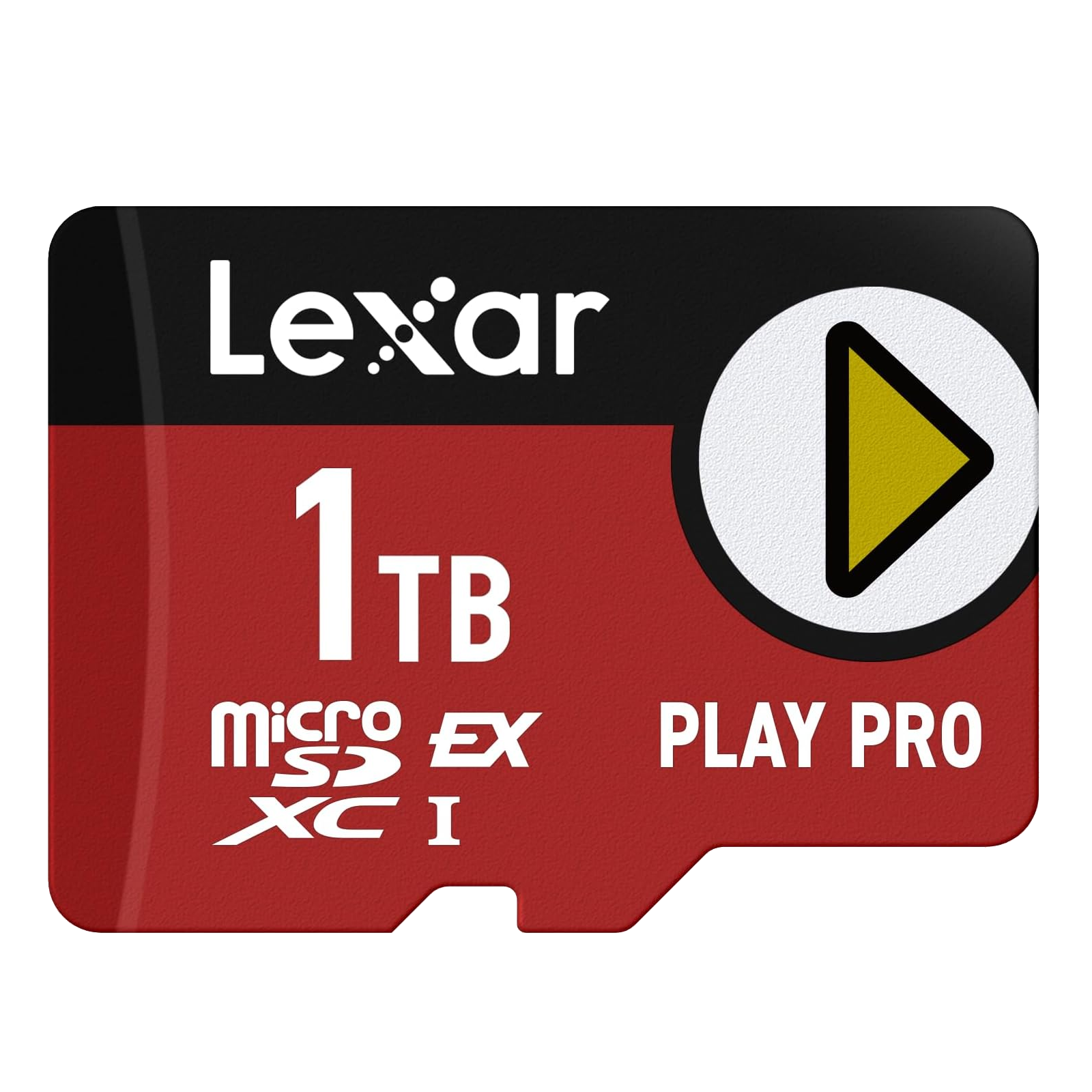
Lexar 1TB Play PRO microSD Express
The Lexar 1TB Play PRO microSD Express Card benefits from the same performance as its 512GB counterpart, but with a substantial amount of space. Just one of these cards is nearly four times the Switch 2’s internal storage.
As the Nintendo Switch 2 launch nears, there’s been a run on cards that has made them harder to find. One saving grace is the fact that Nintendo has upped the internal capacity of the Switch 2 to 256GB (from 32GB on the original Switch), so that should be enough to tide many gamers over until the cards are easier to find.
Buy Brands You Trust (Don’t Worry About Nintendo Tie-Ins)
Though only a handful of microSD Express card options are available at this early stage in the game, it’s important to only buy from brands that you trust. Stick to the basics of online shopping, where you prioritize reputable sources (like official outlets on Amazon, and trustworthy independent retailers) over cheaper prices.
Historically, memory cards have been an easy target for scammers looking to pass off fakes as the real deal. The problem is so bad that it’s led some to avoid buying flash storage on Amazon altogether. In the case of microSD Express, your card could end up being completely useless if it falls short of the faster standard and isn’t actually compatible with your new console. Since the Switch 2 needs the extra bandwidth, you don’t want to mess this up!
You also don’t need to worry about “official” memory cards that are adorned with Nintendo branding and iconic characters. Any memory card that meets the microSD Express standard will do. Right now, there’s not a lot of difference in price between licensed Samsung microSD Express cards and the regular old SanDisks and Lexars (probably because they’re all new and hard to find). But during the original Switch’s lifespan, Mario-branded microSD cards demanded a premium (and still do).
For example, at the time of writing a Nintendo licensed 1TB SanDisk microSDXC card is listed for $103.50, whereas a 1TB SanDisk microSDXC card with the same specification sells for more than $20 less at $81.96. These were sold alongside the consoles in retailers like GameStop and as add-ons when shopping online.
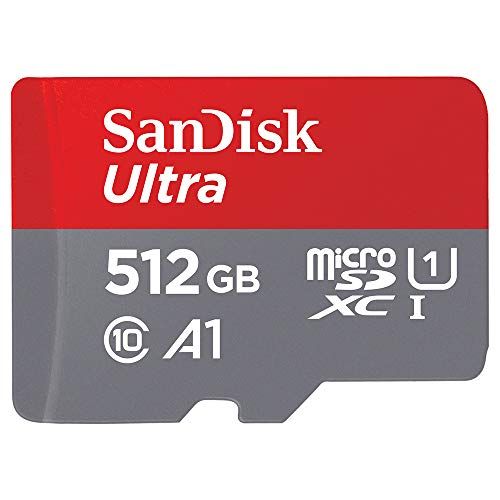
SanDisk 512GB Ultra MicroSDXC UHS-I Memory Card
With maximum read speeds of 100MB/sec, this SanDisk Ultra microSDXC memory card meets Nintendo’s specification for ideal Switch read speeds.
If you can hang on for the availability of these cards to recover and avoid official tie-ins, you can save some money. Remember: you can’t see the microSD card once it’s firmly planted inside your console, and it’s not the sort of thing you’ll be removing regularly (or ever). You may even be able to score a 2TB card when they finally hit the market.
If you’re worried about space in the meantime, Nintendo has revealed how much space some early Switch 2 titles will occupy on the internal storage:
- Mario Kart World – 23.4GB
- Donkey Kong Bananza – 10GB
- GameCube Classics (The Legend of Zelda: The Wind Waker, Soul Calibur 2, and F-Zero GX) — 3.5GB (in total).
- Super Mario Party Jamboree (Switch 2 version) – 7.7GB.
- Kirby and the Forgotten Land (Switch 2 version) – 5.7GB.
So if you spend big and spring for all of these games before you pick up a memory card, you’ll use just over 50GB, which is about 20% of the Switch 2’s internal memory.
Your Old Nintendo Switch Memory Card Won’t Work
As noted, you won’t be able to bring your old memory card over from your original Nintendo Switch. The Switch used far slower eMMC-based internal storage which meant that slower external storage could also be used.
Nintendo has indicated that the Switch 2 won’t be able to make use of these cars at all. This is different to the way that backward compatibility worked on the Xbox Series and PlayStation 5 console, where the use of slower external hard drives connected over USB was possible in order to play older games that didn’t require faster storage.
This likely comes down to the fact that backward compatibility works a bit differently on the Switch 2 on account of the new console using a hybrid of software emulator and native hardware compatibility.
Rembmer: it’s cheaper in the long run to buy larger memory cards that will last longer, rather than having to replace a smaller 128GB or 256GB card within a year or two of the console’s lifespan. It’s also worth noting that if you’re opting for physical releases, you’ll only need to sacrifice a small amount of space per game for software patches.
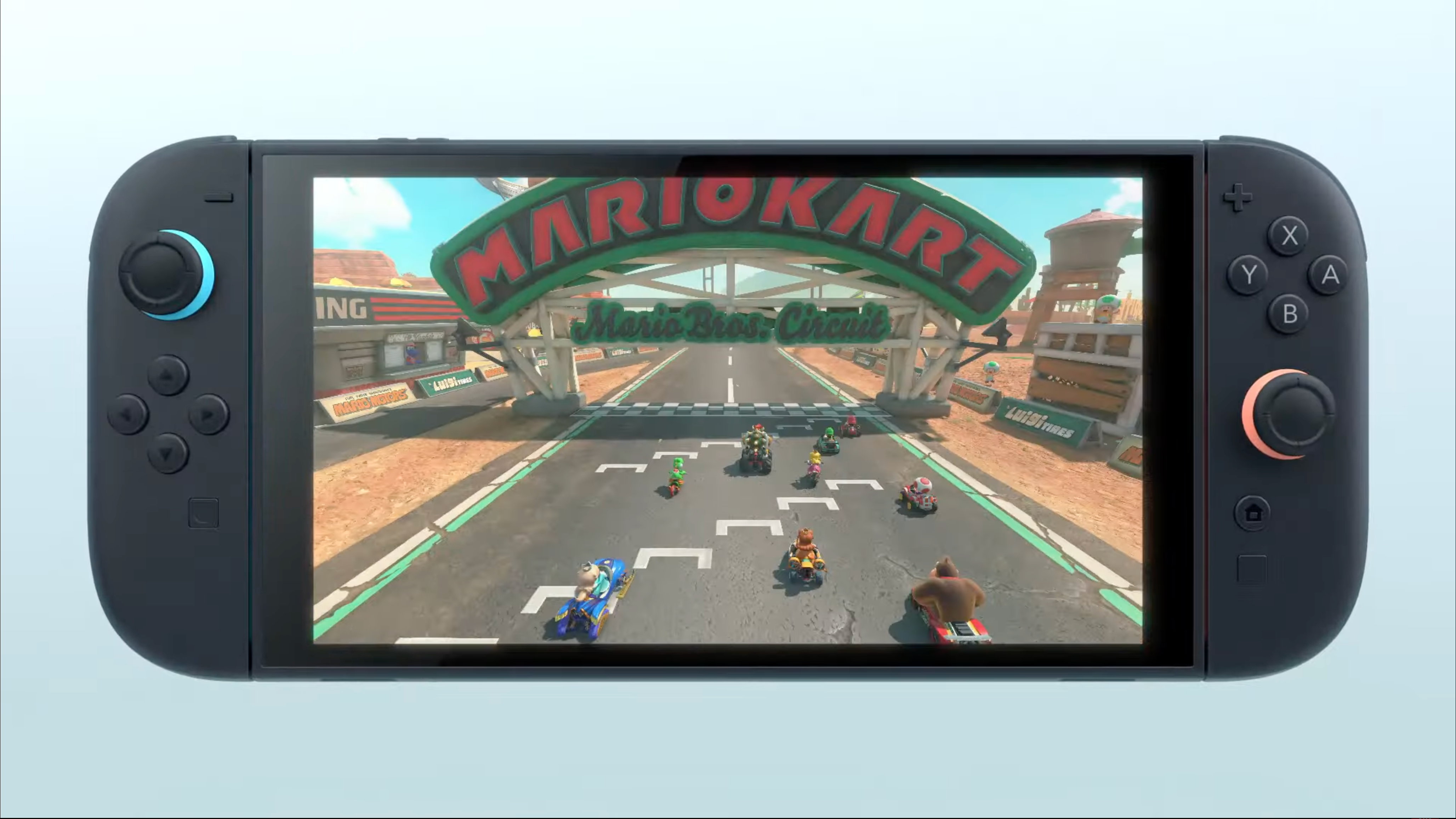
Related
Nintendo Switch 2 Overview: Compatibility, Release Date, Design, Features and More
The Switch 2 is real, and it’s finally got a release date.

